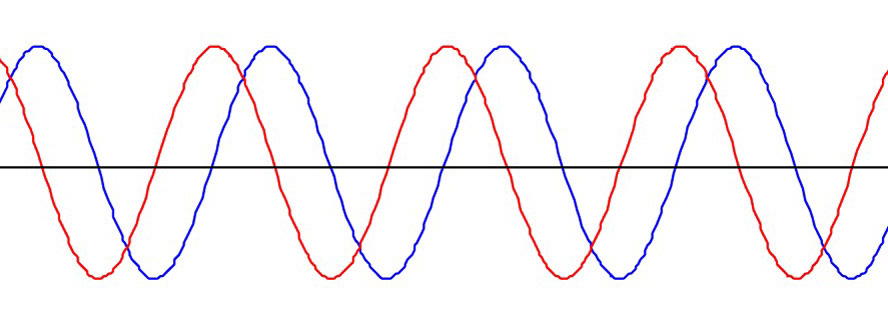These videos of digital spasms are created by introducing involuntary forces onto a digital body. This glitch effect is achieved using AI-driven frame interpolation to hallucinate a moment and expand it in place - localized micro-expansions and contractions which endure indefinitely, thus rendering the figure "frozen" in a chaotic glitched state.
Technically, this was achieved by feeding an unedited video of a human figure moving within a frame through a frame interpolation software. Frame interpolation software uses machine learning to predict motion, i.e., to predict the space between real frames so that movement appears smoother and more continuous. When the software generates an intermediate frame, it isn't blending or averaging the two frames surrounding it, it's actually making a learned prediction about what the scene should look like at a moment that never actually existed. The neural network analyses the direction, velocity, and deformation of each section of the image, and then it infers the trajectories and forces which it understands to exist. Typically, this technology is used to increase the frame rate of old footage, thus making it "smoother", but in this case, the software is exploited to hallucinate spasms and machinic forces on a digital body.
